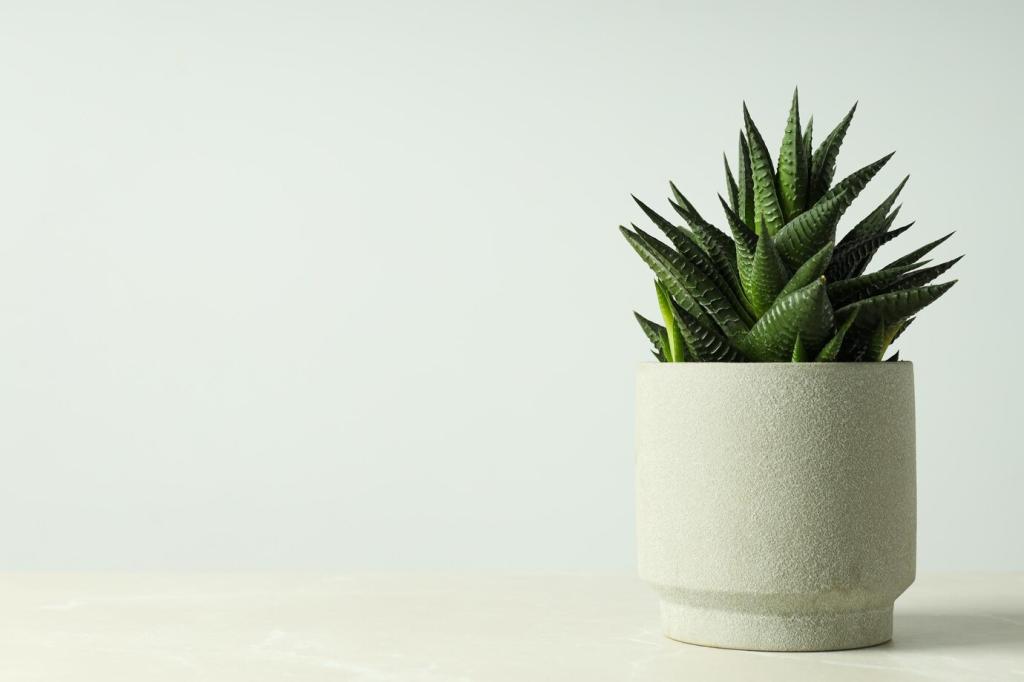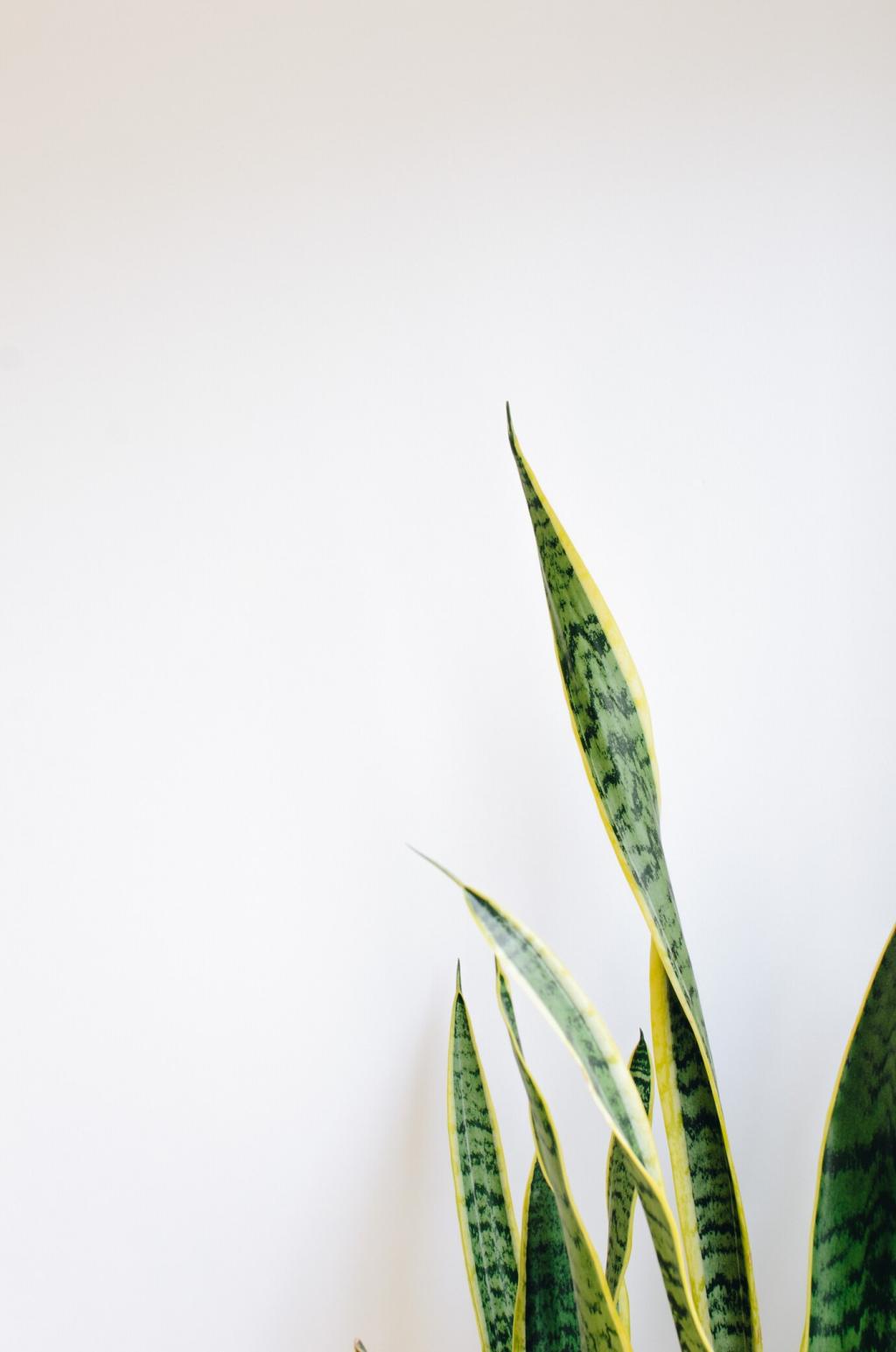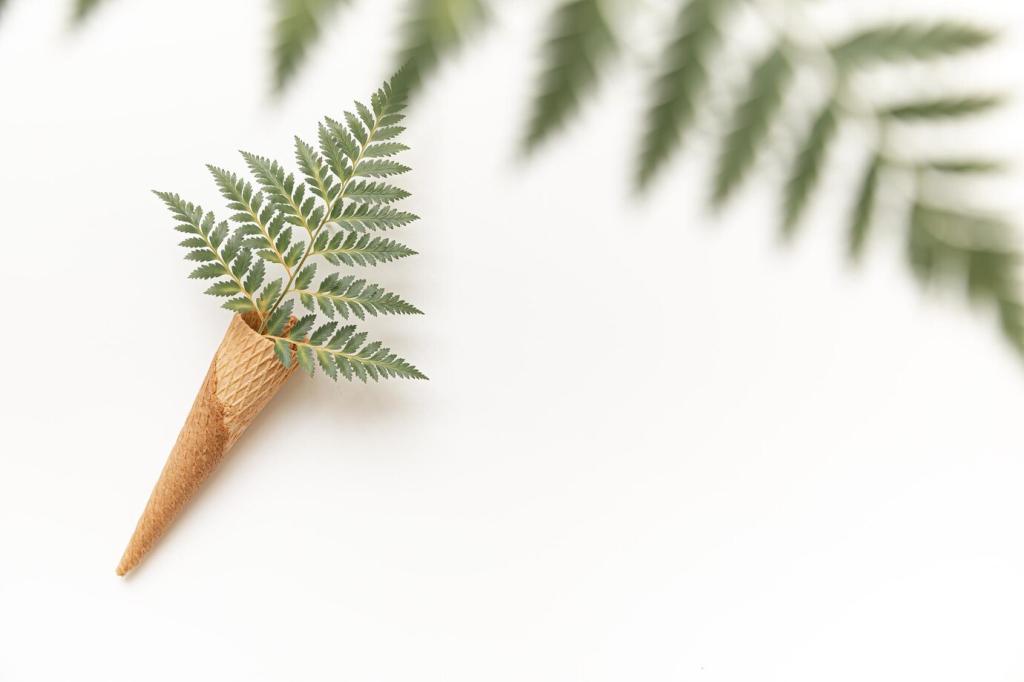Minimalist Plant Display Concepts
Framing views with greenery means using plants to anchor notable architectural features, such as large windows, doorways, or sculptural walls. Instead of clustering pots randomly, a single plant may be placed strategically to draw the eye outward, emphasize vertical or horizontal lines, or soften stark surfaces. This technique enhances the architectural beauty while providing a dynamic connection to the outdoors, all without introducing visual clutter.
Harmonizing with Architectural Elements
Thoughtful Container Selection
Opting for containers in a single color or a tight tonal range brings understated elegance to plant displays. This approach avoids visual chaos and supports the calm, meditative quality of minimalism. Neutral shades—white, gray, black—draw attention to foliage forms and textures, rather than competing for attention, resulting in a serene, unified appearance.

Maximizing Negative Space

Solitary Statements
A single, well-placed plant can command attention like no collection ever could. This solitary approach puts focus on the plant’s structure, color, and even shadow, transforming it into a living sculpture. The discipline of leaving ample room around the plant cultivates a peaceful, gallery-like ambiance in any room.

Floating Shelves
Mounting a single shelf or staggered minimalist ledges allows plants to hover mid-air, suspended within the room’s open expanse. The lightness of this approach draws the eye upward and capitalizes on vertical negative space, while keeping the design uncongested. Each plant, whether potted or in a glass vessel, becomes a curated exhibition piece.

Open Floor Arrangements
Placing a single large plant on the floor—rather than crowding with companions—infuses the space with life without disrupting calmness. Generous spacing between the plant and furniture, combined with a restrained color palette, lets natural sunlight and negative space become part of the display. This method’s simplicity underscores the plant’s importance within the broader design.
